Click on images to enlarge
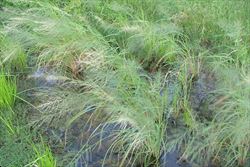
infestation in a wetland habitat (Photo: Sheldon Navie)
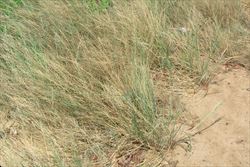
infestation in a sandy site (Photo: Forest and Kim Starr, USGS)

habit (Photo: Sheldon Navie)
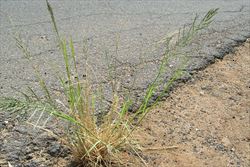
habit (Photo: Forest and Kim Starr, USGS)
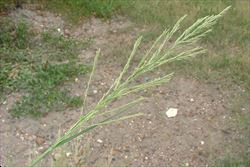
young seed-head (Photo: Sheldon Navie)
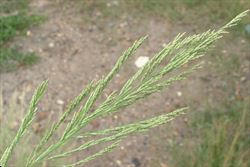
flower spikelets (Photo: Sheldon Navie)
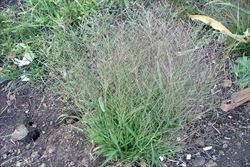
the similar red sprangletop, Leptochloa panicea subsp. brachiata (Photo: Sheldon Navie)
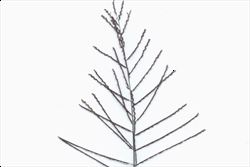
red sprangletop (Leptochloa panicea subsp. brachiata) with reddish-coloured flower spikelets (Photo: Sheldon Navie)
Scientific Name
Leptochloa fusca (L.) Kunth subsp. uninervia (J. Presl) N. Snow
Synonyms
Diplachne uninervia (J. Presl) ParodiLeptochloa uninervia (J. Presl) Hitchc. & A. ChaseMegastachya uninervia J. Presl
Family
Gramineae (South Australia)Poaceae (Queensland, New South Wales, the ACT, Victoria, Tasmania, Western Australia and the Northern Territory)
Common Names
diplachne, Mexican sprangletop
Origin
Native to North America (i.e. USA and Mexico), Central America (ie.. Belize, Costa Rica, Honduras and Nicaragua), the Caribbean (i.e. the Bahamas, Cuba, Jamaica and Puerto Rico) and South America (i.e. Venezuela, Brazil, Bolivia, Ecuador, Peru, Argentina, Chile, Paraguay and Uruguay).
Naturalised Distribution
This species is becoming widely naturalised in many parts of Australia. It is now present in many parts of Queensland, in the coastal districts of central New South Wales, in south-eastern South Australia, in the northern and north-western parts of Western Australia, and in the Northern Territory.
Notes
Mexican sprangletop (Leptochloa fusca subsp. uninervia) is regarded as a "sleeper weed" or potential environmental weed in Queensland and New South Wales. It commonly grows in ditches and drains, on the edges of irrigation channels, on the margins of permanent river pools, and in dry creek beds. It is thought that this species poses a threat to brackish/saline and freshwater wetlands in the sub-tropical and temperate regions of Australia. Once established in these habitats it will compete with native grasses, sedges and other wetland plants, perhaps replacing some species and affecting populations of waterbirds and other wildlife.
Note: This species is very similar to the native brown beetle grass (Leptochloa fusca subsp. fusca) and the introduced red sprangletop (Leptochloa panicea subsp. brachiata).

